Gas utilities push RNG and hydrogen to expand fossil fuel infrastructure
Electric and gas utilities are increasingly targeting customers, regulators, and investors with the promise of “renewable natural gas,” or biomethane, and hydrogen gas. In their promotions, the utilities have claimed that these technologies will allow them to build gas-fueled power plants and gas pipelines today while remaining on a pathway toward “net-zero” emissions climate goals. But RNG and hydrogen are not excuses to build or expand fossil fuel infrastructure, according to reports and studies released in recent years. (Review the collection.) Zero-emissions solutions to power and heat our homes and businesses are available today.
Industry representatives have acknowledged both publicly and privately that RNG and hydrogen have limited applications and significant drawbacks, and that they would not be available as major components of fully decarbonized gas and electric grids for decades, if ever. (Read the documents.)
While hyping the promise of RNG and hydrogen, 16 of the largest investor-owned utilities across the country are telling their investors and Wall Street analysts that they plan to spend a combined $94.3 billion over the next five years in expanding and maintaining their gas grids. Several utilities have started to use the promise of green hydrogen and RNG as a justification to build a specific gas plant. (Review the list.)
Investors want to continue financing these gas projects in contradiction to the net-zero goals and statements professed by many utilities, which will burden ratepayers since they will likely have to pay for these investments along with the rate of return through their utility bills.
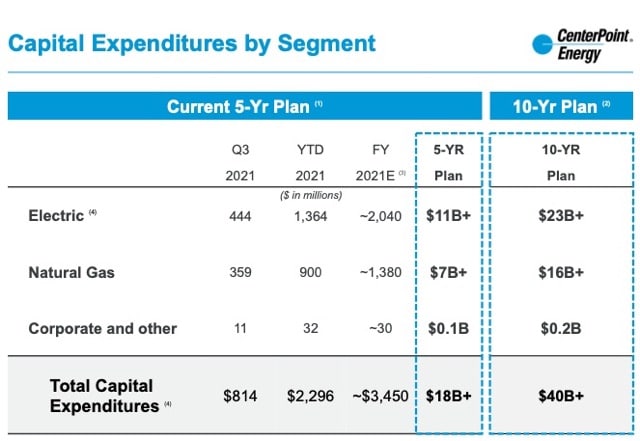

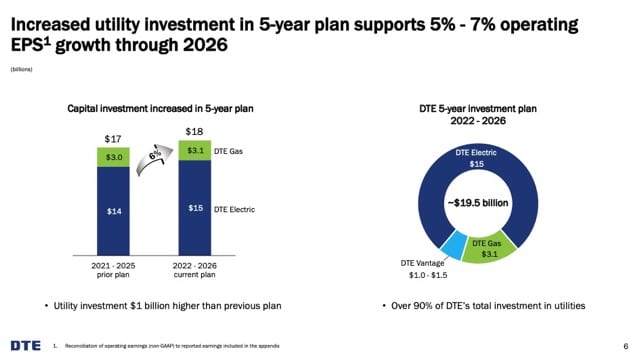
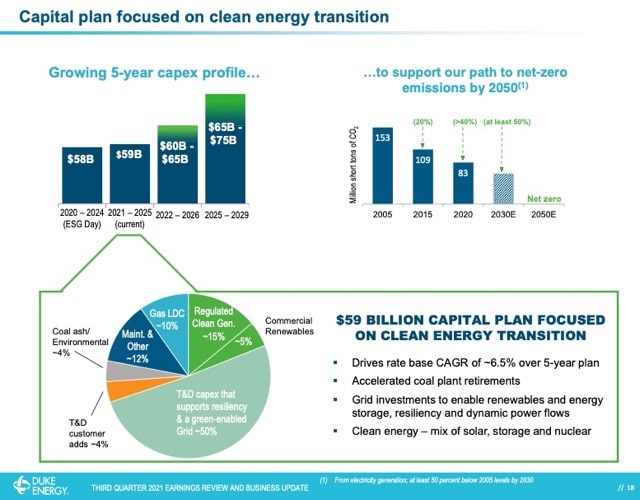
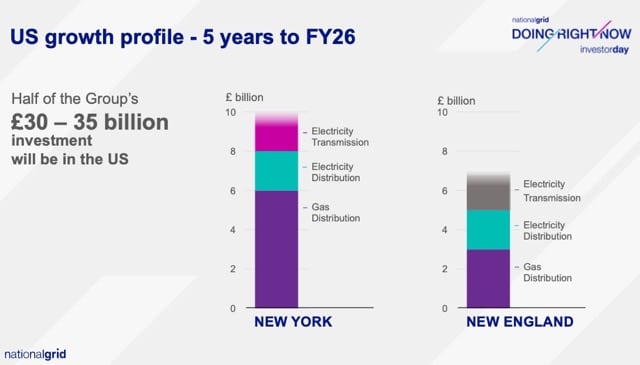
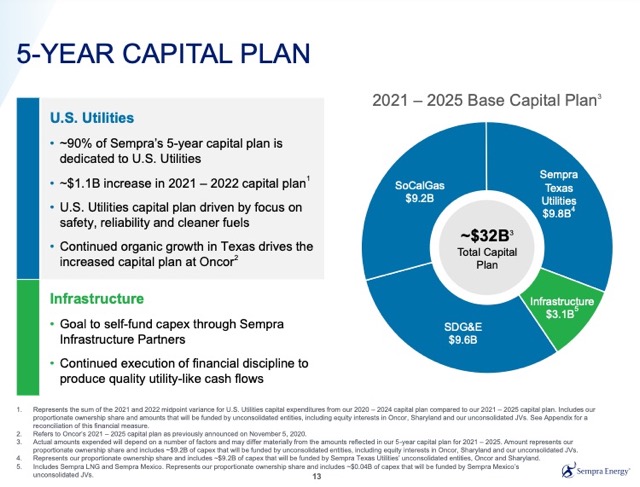
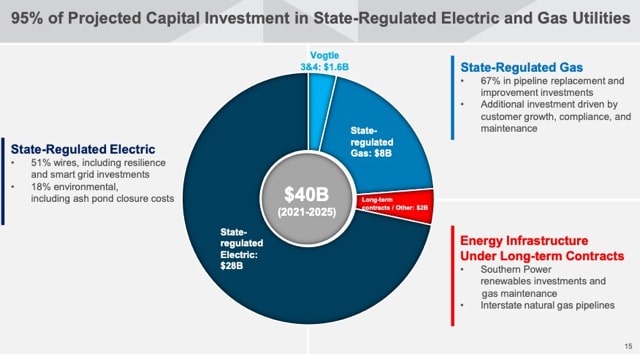
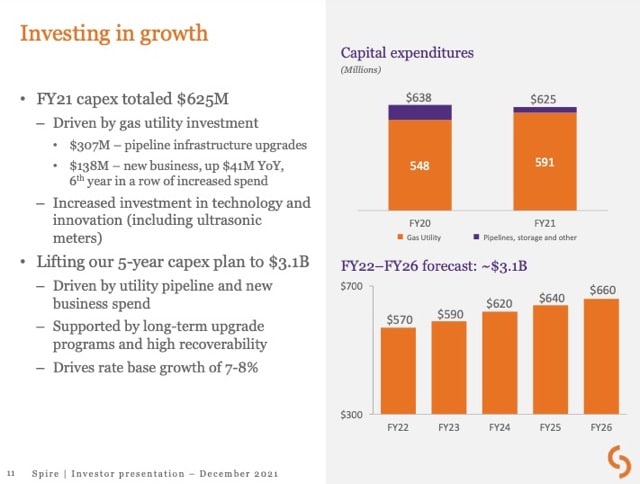
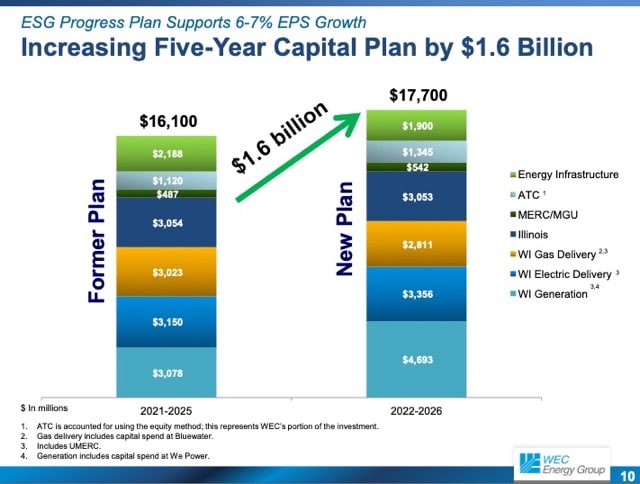
Utilities recognize the existential threat of individual customers, cities, and states to reduce fossil fuel use in homes and businesses. A corporate disclosure from at least one investor-owned utility acknowledged that the business model depends entirely on the continued sale of fossil gas: “A substantial reduction or the elimination of natural gas as an energy source in California could have a material adverse effect on [San Diego Gas & Electric’s], SoCalGas’ and Sempra Energy’s cash flows, financial conduction and results of operations.”
As part of the effort to push back against electrification policies and promote more fossil fuel expansion projects, gas utilities are funding front groups to influence government officials, regulators, and the public. (Review the list of the industry’s front groups.) Utilities are also working through their trade associations as part of their influence campaign. The American Gas Association (AGA) is the main trade association for the gas utility industry and its mission is to ensure the continuation of gas delivery to homes and businesses throughout the country. An overwhelming majority of the organization’s revenue comes from dues paid by individual member companies, including gas utilities that are in turn recovering these fees from their millions of residential, commercial and industrial customers. (Examine AGA’s budget.)
Internal documents and other industry meeting notes compiled in recent years reveal how gas utilities have discussed using the unproven promise of new technologies to keep investing ratepayer money in fossil gas. Read more.
Utilities and other fossil fuel companies are using the unproven promise of hydrogen and RNG to win approval for specific gas plants and pipelines. Review the list.
Numerous reports have been released that detail the climate and economic hazards of RNG and hydrogen. Read more.
The American Gas Association and other fossil fuel trade associations are using customer money to promote a fossil fuel agenda. Read more.
Gas utilities are funding front groups and mobilizing their trade associations to push back against policies that threaten its business model, including local bans on gas hookups in new housing, efforts to encourage the construction of all-electric homes, and energy conservation appliance standards. Review the list of front groups.

